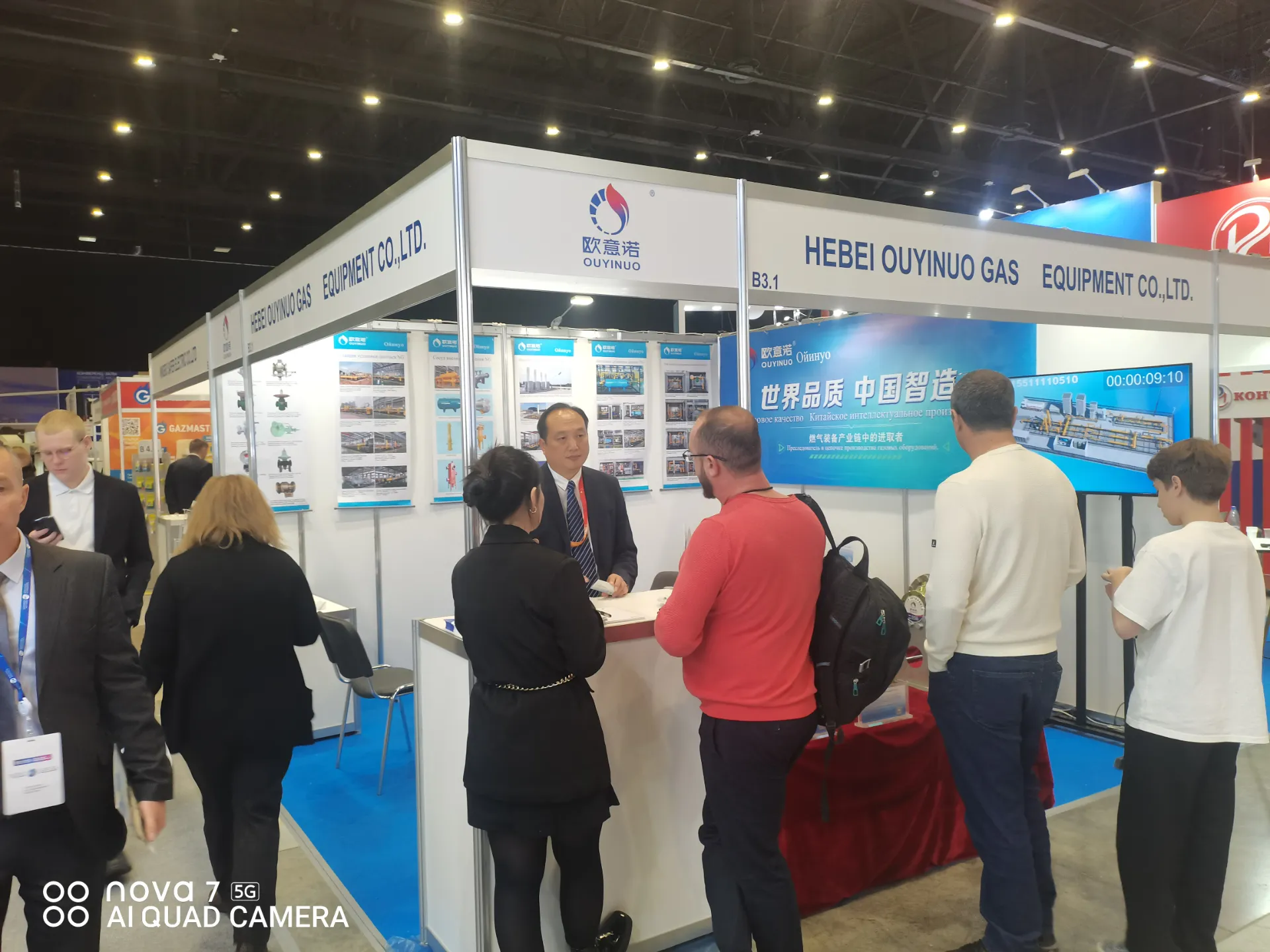
Nov . 11, 2024 10:16
Back to list
electric auxiliary heater
Understanding Electric Auxiliary Heaters A Comprehensive Guide
In today’s world, maintaining a comfortable indoor environment is crucial, especially during the colder months. While central heating systems are commonly utilized, there are numerous supplementary options available to enhance heating efficiency. One such option is the electric auxiliary heater. This article explores the functioning, benefits, and considerations related to electric auxiliary heaters.
What is an Electric Auxiliary Heater?
An electric auxiliary heater is a heating device designed to provide additional warmth to a building or a specific room, especially when the main heating system is insufficient. Often integrated into HVAC (Heating, Ventilation, and Air Conditioning) systems, these heaters serve to boost the temperature quickly, thereby improving comfort levels on particularly cold days.
Electric auxiliary heaters come in different forms, including space heaters, portable units, and in-duct heaters. Their operation is relatively straightforward they convert electrical energy into heat, which is then distributed into the surrounding environment.
How Do They Work?
The primary function of electric auxiliary heaters is to kick in when the main heating system is unable to meet the desired temperature settings. For instance, in a heat pump system, the pump may become less efficient in extreme cold. When this happens, the electric auxiliary heater automatically activates to provide supplemental heat.
These heaters can be controlled manually or via a thermostat system. Some advanced models are equipped with smart technology, allowing homeowners to manage settings remotely through their smartphones or other smart devices.
Benefits of Electric Auxiliary Heaters
1. Rapid Heating Capability One of the most significant advantages of electric auxiliary heaters is their ability to heat a space quickly. Whether you’re coming home from a long day at work or have guests over unexpectedly, an electric auxiliary heater can ramp up the temperature in no time.
2. Energy Efficiency When used strategically, electric auxiliary heaters can lead to energy savings. Instead of heating an entire house with a central system, homeowners can focus heating efforts on specific areas or rooms, reducing overall energy consumption.
electric auxiliary heater

3. Portability Many electric auxiliary heaters are portable, allowing users to move them from room to room as needed. This feature adds convenience and flexibility, especially for those renting or living in smaller spaces.
4. Improved Comfort By providing additional heat during colder periods, electric auxiliary heaters contribute to a more comfortable living environment. This is particularly beneficial in drafty homes or during chilly weather, helping to maintain a consistent temperature throughout the day and night.
5. Easy Installation Compared to other types of heating systems, electric auxiliary heaters are relatively easy to install. They typically only require an electrical outlet, making them a practical choice for homeowners who need a heating boost without extensive renovations.
Considerations When Using Electric Auxiliary Heaters
While there are many advantages to electric auxiliary heaters, some considerations should be taken into account
1. Cost of Electricity As electric auxiliary heaters run on electricity, their use can increase monthly utility bills. It is essential to assess local electricity rates and calculate potential costs before relying heavily on these heaters.
2. Safety Measures Safety should always be a priority. Ensure that the heater is placed away from flammable materials and is operated according to the manufacturer’s guidelines. Utilizing models with built-in safety features, such as tip-over protection and overheat shutoff, can mitigate risks.
3. Environmental Impact While electric heaters are convenient, it is vital to consider their environmental impact. Depending on the source of electricity (fossil fuels versus renewable energy), these heaters may contribute to greenhouse gas emissions.
4. Limitations in Extreme Conditions While electric auxiliary heaters can significantly improve comfort levels, they may not be sufficient during extreme cold snaps if the main heating system is also underperforming.
Conclusion
Electric auxiliary heaters serve as a practical solution to the challenges posed by colder temperatures. Their ability to provide rapid heating, energy efficiency, and portability makes them an attractive option for many homeowners. However, understanding their potential costs and safety parameters is crucial for effective and responsible use. By incorporating electric auxiliary heaters into a comprehensive heating strategy, individuals can ensure a cozy and comfortable environment throughout the winter months.
Next:
Latest news
-
Safety Valve Spring-Loaded Design Overpressure ProtectionNewsJul.25,2025
-
Precision Voltage Regulator AC5 Accuracy Grade PerformanceNewsJul.25,2025
-
Natural Gas Pressure Regulating Skid Industrial Pipeline ApplicationsNewsJul.25,2025
-
Natural Gas Filter Stainless Steel Mesh Element DesignNewsJul.25,2025
-
Gas Pressure Regulator Valve Direct-Acting Spring-Loaded DesignNewsJul.25,2025
-
Decompression Equipment Multi-Stage Heat Exchange System DesignNewsJul.25,2025

